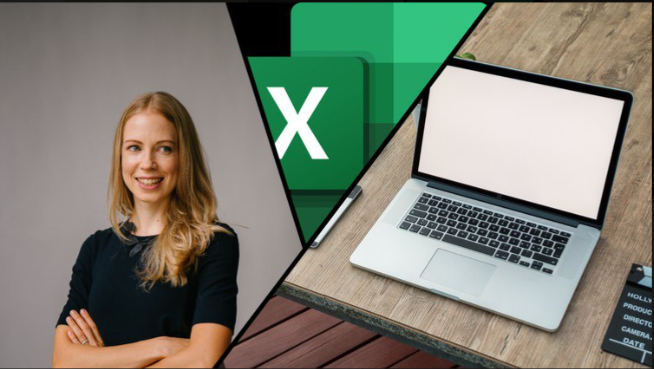Table of Contents
What You’ll Learn
- How to enter transactions into an accounting system using Excel
- How to create reports for the current month and for the year to date
- How to enter transactions into a general journal
- How to post transactions to a general ledger
- How to create a trial balance for the current month and the year to date
- How to create subsidiary ledgers for accounts receivable, accounts payable, and inventory
- How to create financial statements for one month and for the year to date
About Course
- Introduction
- 8022 Make Loan Payments
- 8040 Short-Term Investment Sales & Gains
- 8120 Sales Receipt & Deposit
- 8122 Record Receipt of Inventory with Bill Linked to P.O.
- 8130 Populate Invoice Using Billable Item That was Created From P.O
- 8140 Advanced Customer Payment or Unearned Revenue Method 1
- 8160 Apply Customer Deposit (Credit) to Invoice
- 8200 Advanced Customer Payment or Unearned Revenue Method 2
Description
This course will enter a month’s worth of data input into an accounting system using Excel, which has already been set up and includes one month of data input.
Learners will learn to navigate Microsoft Excel and use a well-designed accounting worksheet, complete with a general journal, trial balance, general ledger, subsidiary ledgers for accounts receivable, accounts payable, & inventory, financial statements, and much more.

Excel is an excellent tool for learning accounting because it is much more transparent than a database program, like accounting software. QuickBooks is a typical example of accounting software.
For most of the new steps in our accounting practice problem, you will have access to a downloadable Excel Workbook containing at least two tabs: one with the answer and the new tasks completed, and and the other starting where the prior presentation left off.
As we enter the second month of data input, we will analyze the current month’s data and the year-to-date data. We will use Excel to understand how accounting software like QuickBooks generates reports for different periods, including reports for one month, multiple months, and comparative reports.
The course will demonstrate transactions for each accounting cycle, the revenue cycle, the purchases cycle, and the payroll cycle.
We will enter transactions into the general journal, the general ledger, the subsidiary ledger, the trial balance, and the financial statements.
Learners will create financial statements for the current month and the year-to-date data.
This Course is For:
- Anybody how wants to learn accounting
- Accounting and business professionals
- Anybody who wants to learn Excel
- Accounting and business students
